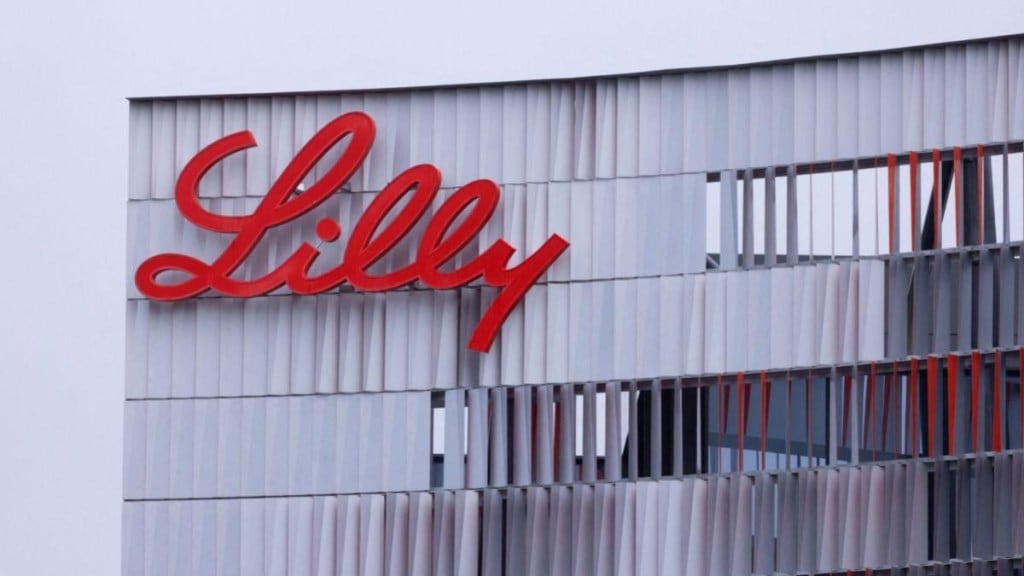Eli Lilly surged past the $1 trillion market-cap mark on Friday, becoming the first pharmaceutical company in history to join the trillion-dollar club. The trillion-dollar group has been long dominated by global technology giants. The milestone caps a remarkable run driven almost entirely by the explosive worldwide demand for weight-loss medications.
Lilly’s shares rose 1.3% to a record $1,057.70, extending a more than 35% gain this year. The rally signalled an intense investor confidence in the company’s runaway success with its obesity and diabetes treatments, particularly Mounjaro and Zepbound. These drugs have become two of the most sought-after drugs in the fast-expanding weight-management market.
Not a niche anymore
Once considered a niche corner of healthcare, obesity treatments have become a blockbuster category. Novo Nordisk initially led the space with its Wegovy and Ozempic therapies but Lilly’s offerings have rapidly overtaken their Danish rival in prescriptions. This has also helped fuel its valuation surge.
Lilly now trades at one of the highest valuations among major pharmaceutical companies — around 50 times its projected earnings for the next 12 months, according to LSEG data. Analysts say the premium reflects expectations that demand for GLP-1 drugs will remain exceptionally strong.
Global weight-loss drug market
In its most recent quarter, Lilly reported more than $10.09 billion in revenue from its obesity and diabetes portfolio alone—over half its total revenue of $17.6 billion.
Wall Street projects the global weight-loss drug market could reach $150 billion by 2030, with Lilly and Novo Nordisk expected to dominate worldwide sales.
Lily’s next major bet
Investor focus is now shifting to Lilly’s next major bet — its oral obesity drug, ‘orforglipron’, expected to receive approval early next year. Citi analysts recently described the latest GLP-1 generation as a “sales phenomenon”, predicting ‘orforglipron’ will benefit from the momentum created by its injectable predecessors.

